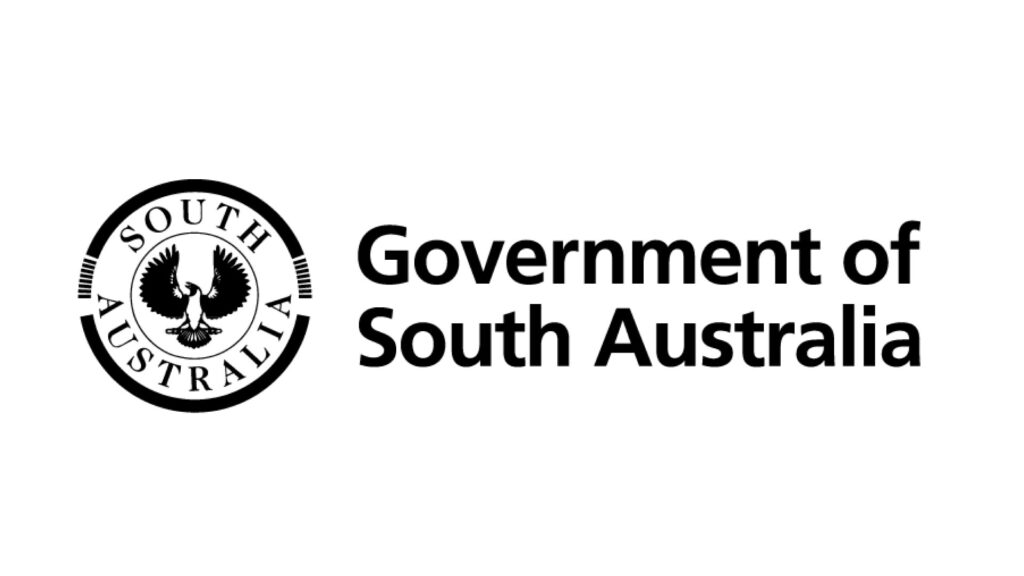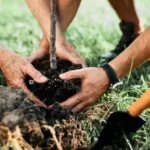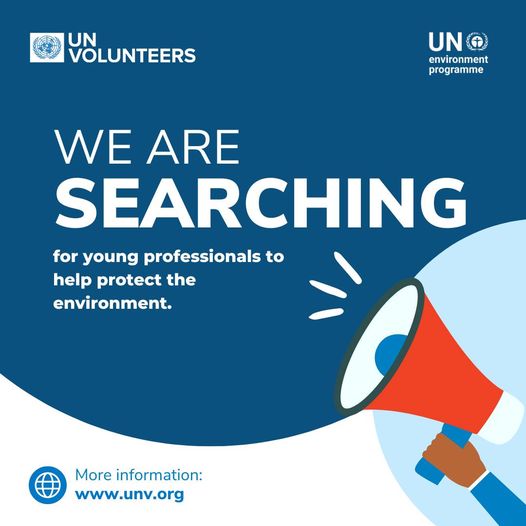
Deadline: 31-Mar-25
The Department for Environment and Water is currently accepting applications for the Heritage Conservation Grants Program to promote ongoing use and compatible new use of heritage buildings, bolster heritage trades, and provide support for State Heritage Places in both rural and urban regions throughout South Australia.
Funding Information
- In most cases, funding for conservation works will be paid on a dollar-for-dollar basis. This means your heritage grant will pay no more than 50% of the costs of conservation works or documentation. The minimum grant for any project is $1,000. There are three categories of funding.
- Simple: up to $5,000
- Complex: up to $10,000
- Major: up to $20,000
What is eligible?
- The following types of work may be eligible for funding:
- Conservation documentation (e.g. conservation management plans, dilapidation studies, development application drawings)
- Works that conserve significant building fabric
- Works that protect the heritage value of the building or structure
- Work that ensures the structural integrity of a building or structure
- Works that reinstate or protect significant characteristics of a State Heritage Area (e.g. shopfronts, verandahs)
- Project management fees and development approval fees where applicable
What is not eligible?
- The following types of work are not eligible for funding:
- Works that damage or diminish the heritage significance of a place or
- Works that are not relevant to the heritage significance of a place or area
- General maintenance or compliance activities such as; landscaping, gutter cleaning, routine painting, upgrading services to align with building codes, pest control maintenance checks and treatments. (Repairs as a result of pest damage may be eligible.)
- Retrospective works (i.e. have taken place before grant agreement has been signed by all parties)
- New construction or repairs to building fabric with no heritage value including works unrelated to fabric conservation such as; purchase of abutting land or buildings, relocation of buildings, structures or fabric, construction of new buildings, additions and renovations
- Administrative costs or purchase of equipment, unrelated to conservation
- Publications and website development
- Interpretation activities, including signage
Who can apply?
- Owners of State Heritage Places including private owners, companies, community groups & local government
- Individuals or groups with written permission from the owner to submit an application on their behalf
- Owners or businesses within a State Heritage Area (for eligible work)
- Unsuccessful applicants from previous funding rounds are invited to re-apply
- State Heritage Places owned by the State government are not eligible (may be eligible for GOH Fund)
Assessment Criteria
- All funding applications will be assessed in a competitive grant process, based on the criteria below, with a strong regard to the cultural significance of the Place:
- Demonstrates how the project contributes to the conservation or protection of significant fabric or heritage value.
- Extent to which the application shows evidence of, and addresses, the advice received from a heritage professional including from a recognised heritage contractor, conservator, Heritage SA Officer, or professionally prepared conservation documentation.
- Risk levels including urgency of the project to protect the place from further damage, risk to public safety if work not undertaken, and consideration of properties affected by the River Murray floods.
- Demonstrates how the project contributes to the public realm and/or incorporates a public good component with tangible benefits for the community.
- Extent to which the project supports continued use and/or compatible new use of the Place.
- How well the application demonstrates value for money with realistic budgeting and best use of funding.
- Demonstrates how the project uses appropriate materials and conservation methods including, traditional trades and skills.
- Demonstrates how the project will support regional and remote areas.
- Appropriate and sufficient supporting documentation is attached to the application.
For more information, visit Department for Environment and Water.





